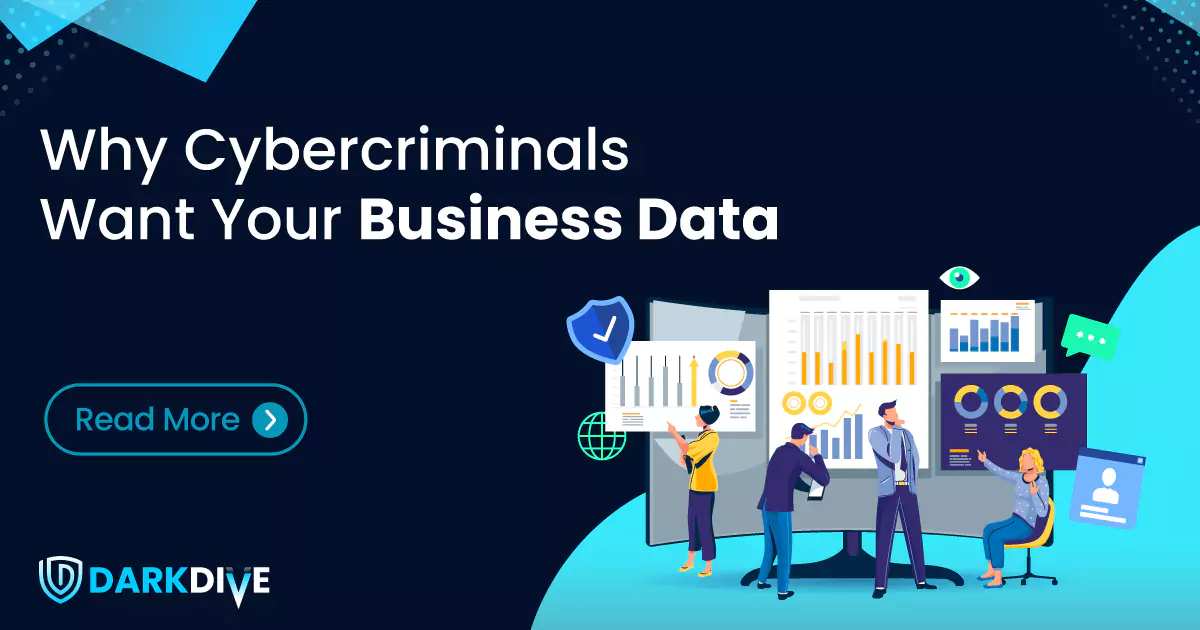
If you think cybercriminals only go after banks, billion-dollar retailers, or government servers, think again. On the dark web, your data doesn’t need to be high-profile to be profitable. Even small companies, internal documents, and user credentials have resale value—and they’re traded more frequently than most businesses realize. What makes your data valuable isn’t just its sensitivity. It’s how easily it can be exploited.
And if you’re not monitoring where that data lands or how it’s being used, you’re already operating at a disadvantage.
Everyday Oversights with Big Consequences
No massive hack is needed to end up on the dark web. Most leaks happen through simple, overlooked mistakes, files shared publicly without password protection, misconfigured cloud buckets, and hardcoded credentials uploaded to public GitHub repos.
Something as minor as an email footer containing internal links or a demo video left open online can be indexed, scraped, and circulated within days.
These assets may seem harmless in isolation, but when pieced together, they form a complete roadmap of your internal ecosystem: tools, naming conventions, login portals, and software versions, all useful to attackers.
Why Even Small Credentials Sell Fast
To threat actors, the value of data lies in its reusability, not just its origin. Even compromised logins from non-admin staff can open doors to larger attacks. Here’s why they sell:
- Reused Passwords:
Credentials reused across platforms allow lateral movement. - Access to Tools:
Logins to CRM, invoicing tools, or internal portals provide operational insight. - Social Engineering Value:
A single email login can lead to CEO fraud, invoice scams, or phishing at scale. - Indexing by Department:
Threat actors sort and bundle credentials by company, role, and privilege for resale. - Low-Cost Entry:
Credential dumps are cheap, making them ideal for first-stage intrusions and automated attacks.
Even if you’re not the final target, your access can be used as a stepping stone.
The Quiet Fallout That Comes Later
Here’s what most companies miss: once your data circulates on the dark web, the consequences often don’t appear immediately. Customers won’t know their information has been exposed—but they’ll feel it if there’s unauthorized activity, delayed service, or fraudulent communication.
Internally, teams scramble to understand where the breach began, while attackers may have already pivoted to other parts of your infrastructure. The problem grows silently. Trust erodes externally while chaos builds internally, and it all stems from exposure that often looked minor on the surface.
Keeping Eyes on What You Can’t See
DarkDive doesn’t wait for the leak to impact your business. It continuously monitors hidden communities, credential markets, breach archives, and closed channels where stolen data is bought and sold.
More than just alerts, DarkDive contextualizes the risk showing which credentials, documents, infrastructure mentions, or usernames are being discussed, and how recently. This gives your team enough time to act, revoke access, and preempt escalation.
Whether it’s a contractor’s leaked password or a customer list buried in a data dump, DarkDive turns what you’d never see into clear, timely intelligence your security team can use.
Conclusion
You don’t need to be a global enterprise to be a target. Cybercriminals don’t discriminate based on your company size—only on how exploitable your assets are. Credentials, project links, and even internal naming conventions hold more value on the dark web than most teams realize. By the time you find out through traditional channels, the damage is already done. With DarkDive, you gain that critical window of visibility before exposure becomes loss.
